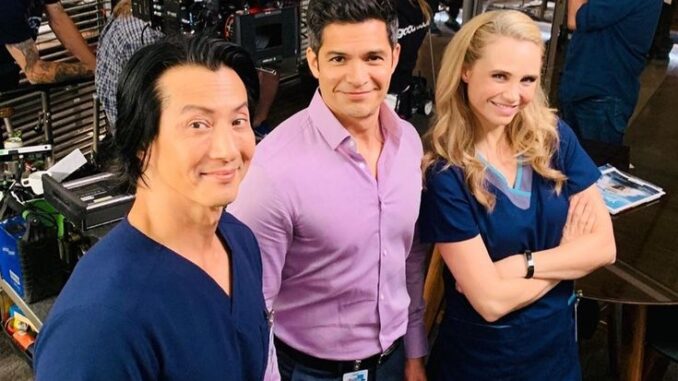
One of the most powerful aspects of The Good Doctor is its respectful, layered portrayal of autism. Dr. Shaun Murphy is not a stereotype. He is not a plot device. He is a fully realized human being with hopes, fears, brilliance, and flaws.
Freddie Highmore’s commitment to authentic storytelling has helped raise awareness about the lived experiences of those on the autism spectrum. He has worked tirelessly to ensure that Shaun’s character is informed by real voices—consulting with autism experts, individuals on the spectrum, and their families.
What sets Shaun apart is his balance. The show never shies away from his challenges, but it also doesn’t reduce him to them. We see his struggles with social cues, communication, and sensory processing—but also his deep empathy, his determination, and his desire to connect.
This representation matters deeply. For viewers who are neurodiverse, seeing someone like Shaun on screen can be validating and empowering. For others, it’s an opportunity to understand a different way of experiencing the world.
The Good Doctor has opened up important conversations around neurodiversity in schools, workplaces, and families. It has helped reduce stigma and promote inclusion. For many, it’s more than a show—it’s a catalyst for change.
By handling this topic with care and nuance, The Good Doctor stands as a model for responsible media. When representation is done right, it doesn’t just change television. It changes lives. And The Good Doctor is a shining example of that power.
